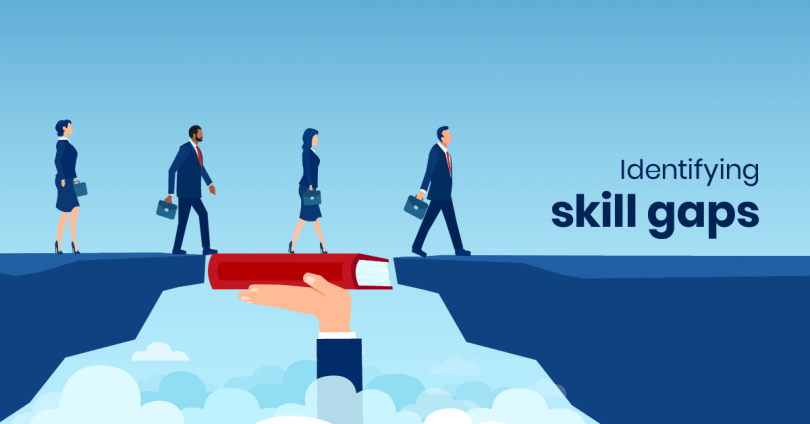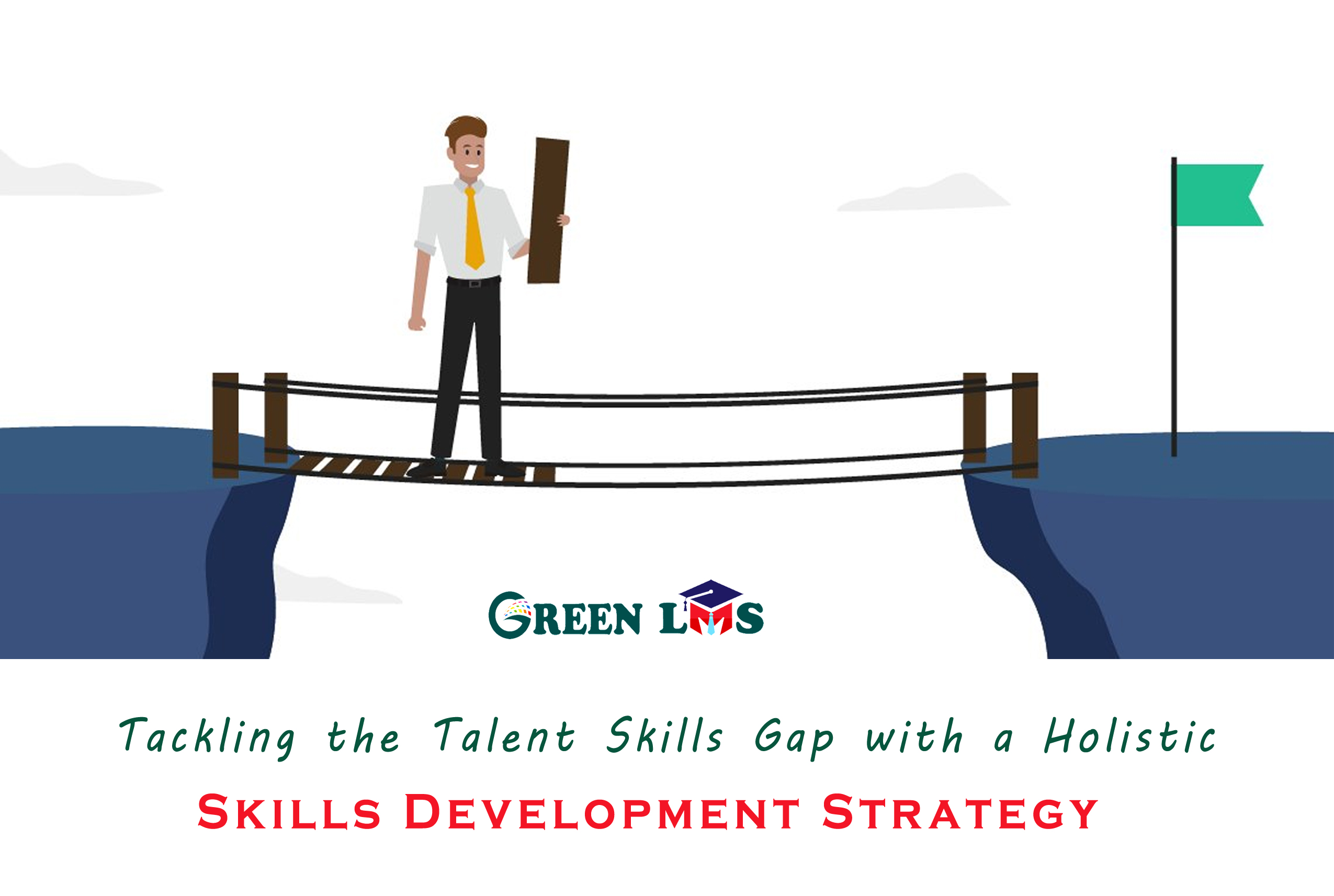It’s hard for organizations to meet business objectives and growth goals when their employees lack the skills it takes to get there. This is the challenge today’s companies are facing – according to Gartner, 70% of employees don’t have the necessary skills for their current role.
And this skills gap will likely only get worse with time as these businesses evolve over the years and new skillsets become essential.
Enter skills development – the maybe not-so-obvious choice – and the opportunity to upskill, reskill and cross-skill existing employees to create the ultimate workplace dream team. Recruiting new employees from the outside is a costly and time-consuming effort, so hiring from within – by identifying employees to “hire” for open positions – will save a company those headaches and preserve their bottom line.

Closing the skills gap through skills development creates three opportunities for organizations:
- continuously upskilling, reskilling and cross-skilling existing employees through a comprehensive training program to boost their effectiveness and efficiency;
- turn training and development into a competitive advantage in recruitment; and
- promoting from within and saving costs.
Tackling the talent skills gap requires a comprehensive and holistic skills development strategy that goes beyond traditional educational approaches. This involves identifying the necessary skills, fostering a culture of continuous learning, and incorporating various methods and tools to develop these skills in a well-rounded manner. Here are some key components of a holistic skills development strategy:
Identify critical skills: Begin by identifying the skills that are most important for success in your industry or organization, including technical, cognitive, and soft skills. This includes staying updated on emerging trends and technological advancements that might impact the skills needed in the future.
Promote a culture of continuous learning: Encourage a mindset of lifelong learning within your organization, emphasizing the importance of acquiring new skills and staying adaptable in a rapidly changing world. This may involve offering training programs, workshops, and learning resources to employees or providing incentives for pursuing professional development opportunities.
Blend formal and informal learning: Combine formal education, such as degree programs and certifications, with informal learning opportunities like mentoring, job shadowing, or self-directed learning. This approach ensures that employees have access to diverse learning experiences and can apply their newly acquired skills in real-world contexts.
Focus on soft skills and emotional intelligence: In addition to technical skills, prioritize the development of soft skills such as communication, problem-solving, critical thinking, and emotional intelligence. These skills are essential for building strong relationships, working effectively in teams, and navigating complex social and professional situations.
Leverage technology: Utilize modern technology and tools to enhance learning experiences, such as online courses, virtual classrooms, and e-learning platforms. These resources can provide flexible and cost-effective options for skills development, allowing employees to learn at their own pace and convenience.
Encourage cross-functional collaboration: Facilitate opportunities for employees to work on projects or tasks with colleagues from different departments or disciplines. This helps develop a broader skill set, fosters innovation, and promotes a deeper understanding of the organization’s various functions.
Measure and evaluate progress: Regularly assess the effectiveness of your skills development initiatives by tracking employee performance, gathering feedback, and analyzing data. Use this information to refine your approach and make data-driven decisions to optimize your strategy.
Foster a supportive environment: Create a workplace culture that values and supports skills development by recognizing and rewarding employees’ efforts, providing constructive feedback, and offering opportunities for growth and advancement.
By implementing a holistic skills development strategy that addresses the needs of your organization and its employees, you can help bridge the talent skills gap, increase productivity, and ensure the long-term success of your organization.
The Green LMS has solutions for all major e-learning sectors: Green LMS for K-20, K-12 for school, and Corporate LMS for Entrepreneurs. For more information, please visit www.thegreenlms.com


